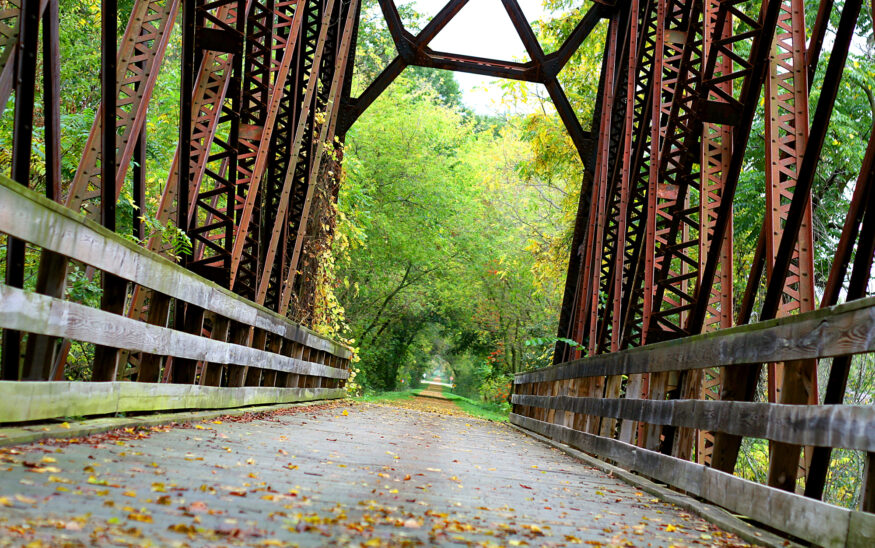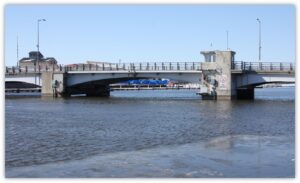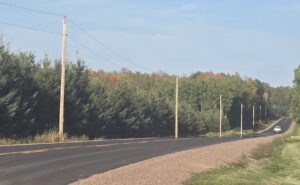The situation?
Wisconsin’s county forest roads are vital infrastructure that supports the state’s $4.6 billion forest products industry and $11.2 billion outdoor recreation economy. The state has identified roads across 24 counties that have deteriorated due to heavy use from timber harvesting operations, recreational traffic, and regular vehicle use. These aging roads pose challenges for drivers, including potholes, rutting, and surface erosion, compromising safety and efficiency. There is also the potential for environmental damage through erosion and sedimentation.
What is the “fix,” and how does it benefit the communities and the state?
Wisconsin will upgrade over 900 miles of county forest roads, including resurfacing, grading, and culvert replacement, to ensure roads remain safe and accessible and bring rural infrastructure up to 21st-century standards.
These upgrades will:
- Support the forest products industry that generates $40-50 million in timber revenue annually and sustains approximately 16,000 jobs.
- Enhance access to thousands of miles of recreational trails for activities, including snowmobiling, ATV riding, and cross-country skiing.
- Improve safety and reliability for rural residents, businesses, and visitors.
- Protect the environment by reducing erosion and supporting sustainable forest management practices.
What makes the investment possible?
In 2025, $320,600 of state funding is allocated to 24 counties to support improvements through the County Forest Road Aids program, administered by the Wisconsin Department of Transportation (WisDOT).
The ongoing County Forest Road Aids program provides funding to counties for improving and maintaining public roads within county forests. To qualify, roads must:
- Be located within county forests and part of a comprehensive land-use plan
- Have a minimum surface width of 16 feet and a roadway width of 20 feet
- Be open and used for travel (not state highways, county trunk highways, or town roads)
- Not be part of the larger General Transportation Aids program
Counties receive funding based on the number of eligible road miles they maintain.
Next steps?
Each county will use its allocated funds to plan, contract, and move forward with its plans for road improvement and maintenance projects.






